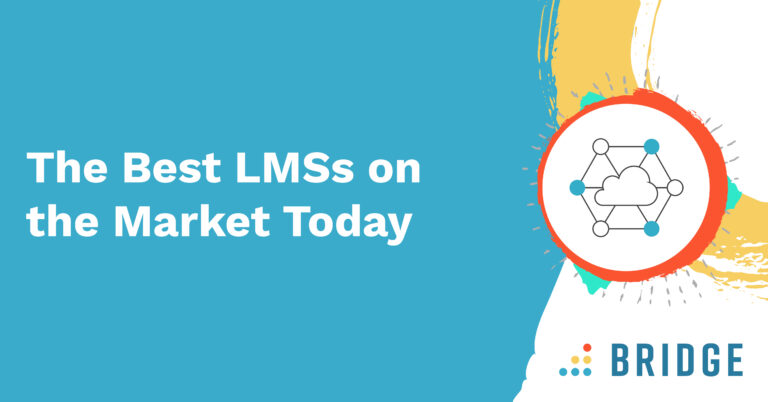A great manager will empower organizations to create a culture of connection, alignment, and growth, because, above all else, people matter most.
On particular Boss’s Day, I walked into the office, and in the middle of my desk was a statue.
Not just any statue. A statue of some court jester-type character. Not a cartoon character, but a realistic statue of a man dressed like a jester. Are you getting the idea? Tied to it were some balloons and a card that said, “Happy Boss’s Day!”
“What is this?” I thought, when from behind me came all the members of my team shouting, “Happy Boss’s Day!”
I was a little speechless.
Sure, I was happy that they were making such a big deal of Boss’s Day for me, but at the same time, there was the little matter of this giant statue. With its balloons, it was looming large above me. It wasn’t life-size; it was scaled down but was still a little over 4 feet tall and felt like it took at least two bags of some concrete to cast it.
The more I looked at it, the more uneasy I became. What would I do with it? Keep it here? Take it home? What’s the protocol when you’re gifted a statue, and you’re not a statue guy? Is anyone a statue guy?
All these questions were quickly transforming me from celebrated boss to victim, but the team was so excited about it. Is this something I should love, I thought, and I’m just some uncultured pig? Then they told me that Angie’s brother was the artist, and the team had commissioned it only for the occasion.
At that moment I knew, I’d have to learn to love my jester statue. More on this later.
One of my favorite management books is “First Break All the Rules” by Marcus Buckingham and Curt Coffman. In case you’re trying to find it, the latest edition says “from Gallup” without those authors listed, but the content is the same. Based on two decades of research on over 80,000 managers, what we learn is that great managers do four things well. These are:
- Select employees for talent, not merely experience, intelligence, or determination
- Set expectations by defining the right outcomes, not the right steps
- Motivate employees by focusing on strengths, not weaknesses
- Develop employees by helping them find the right fit, not merely the next rung on the ladder
We typically think of the manager’s role as just the first part of all those statements plus “other duties as assigned.” Managers do all those things, but what the data about great managers tell us is that they have a more focused purpose than just hiring, setting expectations, pushing, and growing their people.
Selecting for Talent
When you select for talent rather than experience, intelligence, or determination, you set up that employee for tremendous success and less chance for burnout. Working in a role for which you have no talent but only experience and knowledge-based competence is not sustainable. The best way to find out if a candidate has talent in the role for which you are hiring is to ask questions that reveal “peak experiences” they’ve had in positions like the one for which you’re hiring. Peak experiences are those where they’re in a flow state, time passes without notice, and they have more energy during and after than they had before they started.
Setting Expectations by Defining the Right Outcomes
Great managers do this well. They know the path to the outcome is ultimately unimportant. The outcome is what matters. Mediocre managers insist there’s a proper way to do everything. Great managers fixate on outcomes and results. They let employees use their talents to get to outcomes in any way they see fit.
Motivate Employees by Focusing on Strengths, Not Weaknesses
We pay lip service to the sentiment “play to your strengths,” but in practice, 61% of us believe weakness fixing is where we’ll get the most bang for our buck. Study after study reveals the opposite that there’s no bang at all in weakness fixing. We waste a lot of time and energy and go from really bad to mediocre. Managers who fixate on flaws demoralize and disengage employees. It also makes everybody less productive.
Develop Employees into the Right Fit, Not the Next Rung
It’s easy to get caught into the career path mentality. If the employee is on the right path, it makes sense. Yet too often, people choose a role for the wrong reason. Sometimes we help them select a role for the wrong reason. What do they do best? When do they have peak experiences (see “Selecting for Talent” above)? What are they doing when they’re having those peak experiences? If the next rung on the ladder doesn’t offer more of these experiences, they’re probably on the wrong ladder.
“I believe the most effective companies now promote people into leadership before they’re ready, and then give them the tools and support to learn on the job, innovate with new ideas, and grow into their jobs in place. The idea of ‘waiting until someone is ready’ just doesn’t let the organization keep up.” – Josh Bersin, HR analyst and industry thought leader.
If you’re a manager looking to be a great manager and make a big difference to your organization and in your employees’ careers, focus on selection, setting expectations, motivating and developing in the right way, and watching the difference it makes.
The rest of the jester statue story? It was all a prank, but they carried it on all day long. They took great delight in watching me squirm and dance around their well-thought-out, scripted questions. Questions like where I would display it and how it would fit in with my decor and “Don’t you just love it?” Then they’d pepper in how hard Angie’s brother had worked on it. I’m still shaking a non-threatening fist at that crew.
It was my first Boss’s Day and by far the most memorable one ever.
About Bridge
Bridge is a Learning & Performance platform that uniquely combines learning management, career & skill development, and performance management, all in one solution. With Bridge, you can turn stale and ineffective learning & performance review programs into a seamless, dynamic, and engaging experience for employees and accelerate the process of developing great managers. Used by more than 800 companies worldwide, Bridge helps companies achieve their strategic people development goals by facilitating connection, alignment, and growth across the entire organization.




